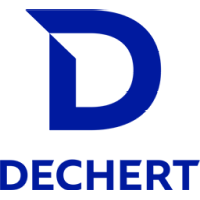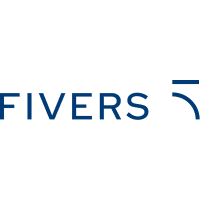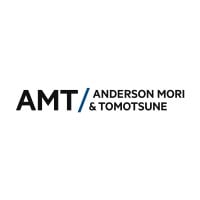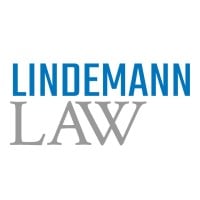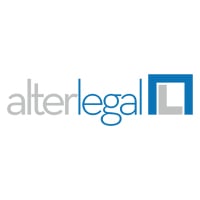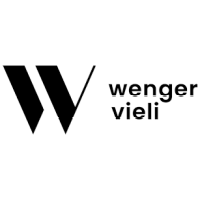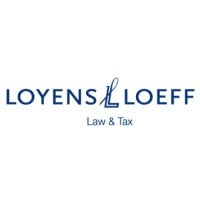The alternative investment industry continues to play an increasingly critical role in the global economy by supporting global capital markets, promoting innovation, improving how companies are governed and run, assisting investors in managing risk and offering investors the potential for reliable performance returns over time.
While the industry’s importance and assets under management continue to grow, it also has been subject to a changing regulatory landscape, significant tax reform resulting in enhanced economic substance requirements, increasing fee pressures and evolving investor preferences. Regulators globally have sought to improve the internal infrastructure and governance of alternative investment managers, strengthen investor protections and increase transparency. The industry also has seen an evolution in fee structures as institutional investors are increasingly paying lower fees except with respect to managers that are capacity constrained. As the industry looks to adapt and continues to expand, we are pleased to present this year’s annual Legal 500: Alternative Investment Funds Comparative Guide.
This Guide will provide a comparative overview of the fund structures, regulations, fee arrangements, and marketing requirements in a number of key jurisdictions in which alternative investment funds operate and/or raise capital.
We hope this Guide will provide a foundation for practitioners in evaluating where to set-up, operate and raise capital from investors with ever-changing appetites and demands. We would like to thank all of our contributors for their expert advice.
Sincerely,
Contributing Editor
The alternative investment industry continues to play an increasingly critical role in the global economy by supporting global capital markets, promoting innovation, improving how companies are governed and run, assisting investors in managing risk and offering investors the potential for reliable performance returns over time.
While the industry’s importance and assets under management continue to grow, it also has been subject to a changing regulatory landscape, significant tax reform resulting in enhanced economic substance requirements, increasing fee pressures and evolving investor preferences. Regulators globally have sought to improve the internal infrastructure and governance of alternative investment managers, strengthen investor protections and increase transparency. The industry also has seen an evolution in fee structures as institutional investors are increasingly paying lower fees except with respect to managers that are capacity constrained. As the industry looks to adapt and continues to expand, we are pleased to present this year’s annual Legal 500: Alternative Investment Funds Comparative Guide.
This Guide will provide a comparative overview of the fund structures, regulations, fee arrangements, and marketing requirements in a number of key jurisdictions in which alternative investment funds operate and/or raise capital.
We hope this Guide will provide a foundation for practitioners in evaluating where to set-up, operate and raise capital from investors with ever-changing appetites and demands. We would like to thank all of our contributors for their expert advice.
Sincerely,
Christopher D. Christian
Contributing Editor







